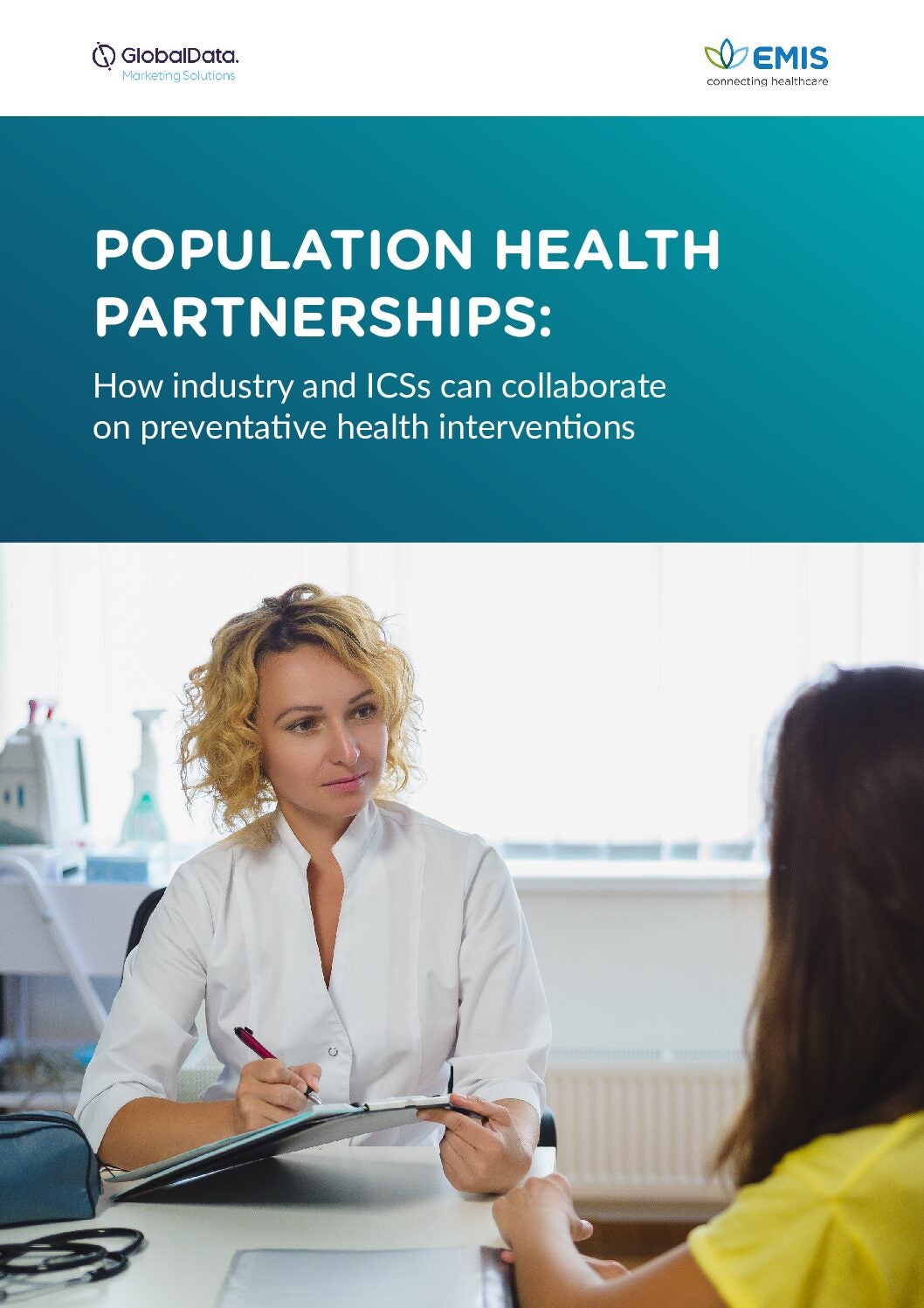Skin cancer is the most common cancer in the US. There are three major types of skin cancer—basal cell carcinoma (BCC), squamous cell carcinoma (SCC), and melanoma. Because too much exposure to ultraviolet (UV) radiation increases the risk for BCC, SCC, and melanoma—an aggressive form of skin cancer that tends to spread—UV awareness is of high importance. By raising awareness about UV radiation, the population can take measures to protect themselves from this risk. Skin cancer poses a significant public health burden due to its high prevalence, increasing incident cases, and the costs associated with diagnosing, treating, and managing skin cancer.
Epidemiology trends from GlobalData’s Epidemiology and Market Size Database show that diagnosed incident cases for each of the three main types of skin cancer are expected to increase in the US. Diagnosed incident cases of first-ever SCC are expected to increase at an annual growth rate (AGR) of 3% from approximately 750,000 cases in 2023 to 980,000 cases in 2032. Diagnosed incident cases for BCC are projected to increase at an AGR of 0.6% from approximately 2.7 million cases in 2023 to 2.8 million cases in 2031. Diagnosed incident cases of melanoma are predicted to increase at an AGR of 2% from approximately 102,000 cases in 2023 to 113,000 cases in 2029. Additionally, the US has the largest number of diagnosed incident cases of first-ever SCC, BCC, and melanoma compared to the other countries in the seven major markets (7MM: US, France, Germany, Italy, Spain, UK, and Japan).
How well do you really know your competitors?
Access the most comprehensive Company Profiles on the market, powered by GlobalData. Save hours of research. Gain competitive edge.

Thank you!
Your download email will arrive shortly
Not ready to buy yet? Download a free sample
We are confident about the unique quality of our Company Profiles. However, we want you to make the most beneficial decision for your business, so we offer a free sample that you can download by submitting the below form
By GlobalDataOther notable trends seen in skin cancer are age and gender differences in incidence rates. For example, melanoma incidence rates increase with age. Older adults are more likely to develop melanoma due to cumulative sun exposure over their lifetime. In the US, melanoma incidence rates peak at ages 60–79 years. However, the American Academy of Dermatology notes that skin cancer rates are higher in women than in men before age 50, but higher in men after age 50. This may be related to differences in outdoor recreation, work-related UV exposure, use of tanning beds, and sun protection habits.
These epidemiological trends highlight the need for targeted public health interventions and education campaigns to address the rising incidence of skin cancer in the US. Efforts should focus on promoting sun-safe behaviours, raising awareness about the dangers of UV exposure, and educating on the signs and symptoms of skin cancer to increase self-diagnosis. These strategies should aim to reach populations at higher risk or facing disparities in access to care. By understanding the relationship between UV radiation and skin cancer and implementing targeted awareness campaigns, we can empower individuals and communities to make informed decisions that promote sun-safe behaviours and ultimately reduce the incidence and burden of skin cancer.











Related Company Profiles
AGR Limited
BCC S.A.
SCC Srl